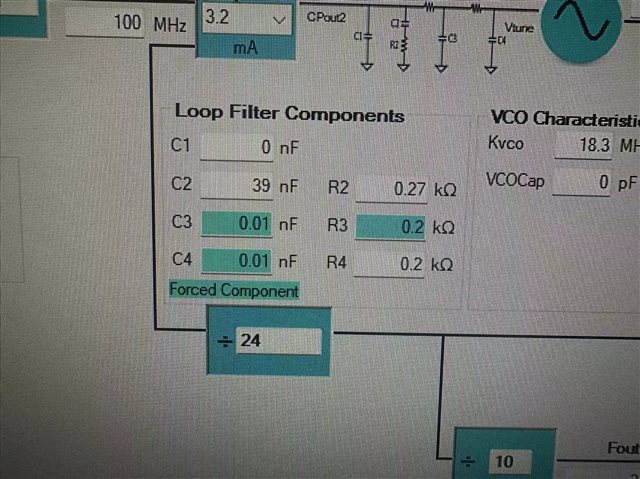Other Parts Discussed in Thread: LMK04832
Tool/software:
Hello,
Question 1: What parameters do the Kvco and VCOCap in the picture represent when the customer uses the LMK04828 clock chip?
Question 2: The customer saw that the loop filtering parameters can be set to 2nd, 3rd, and 4th order filters. Are C3, C4, R3, and R4 corresponding to the 4th order loop filtering parameters in the figure? If that's the case, how do I set the internal loop filtering parameters of LMK04828?

Thanks!

